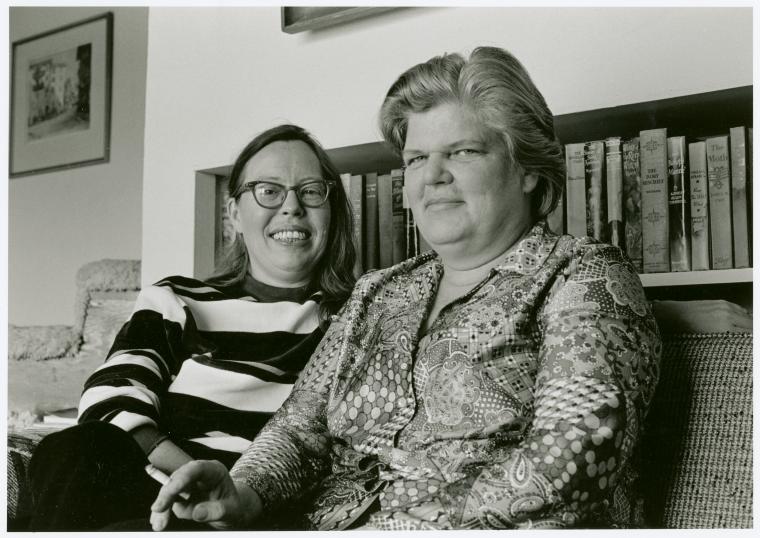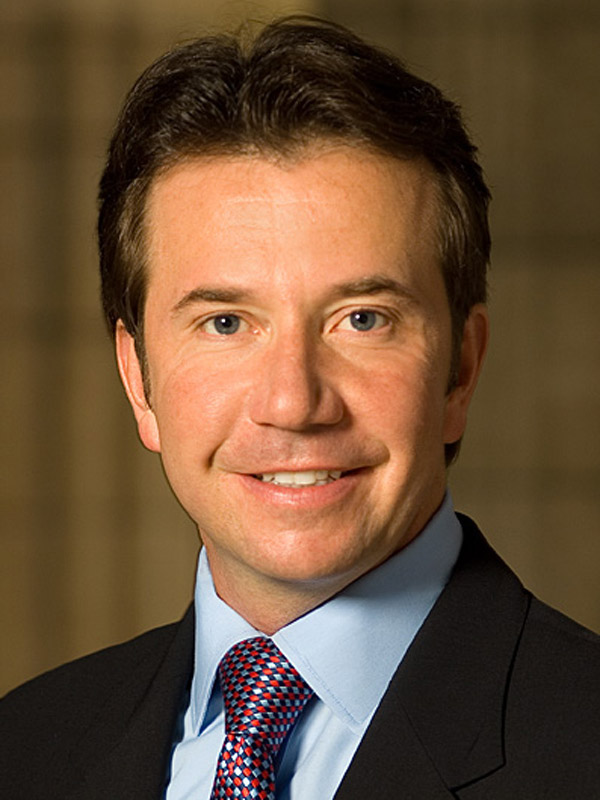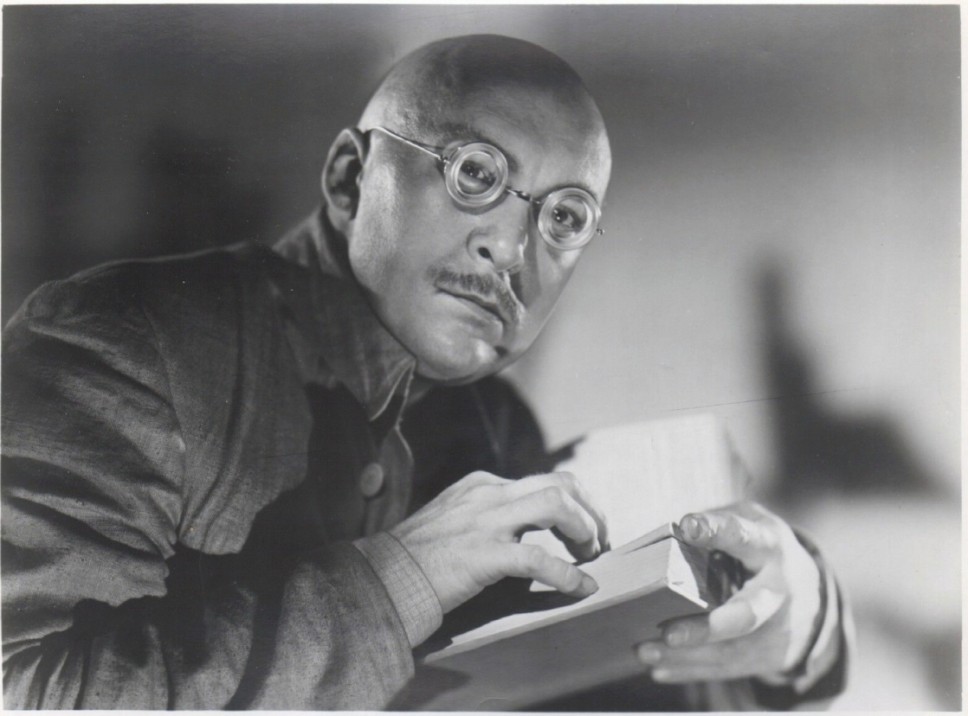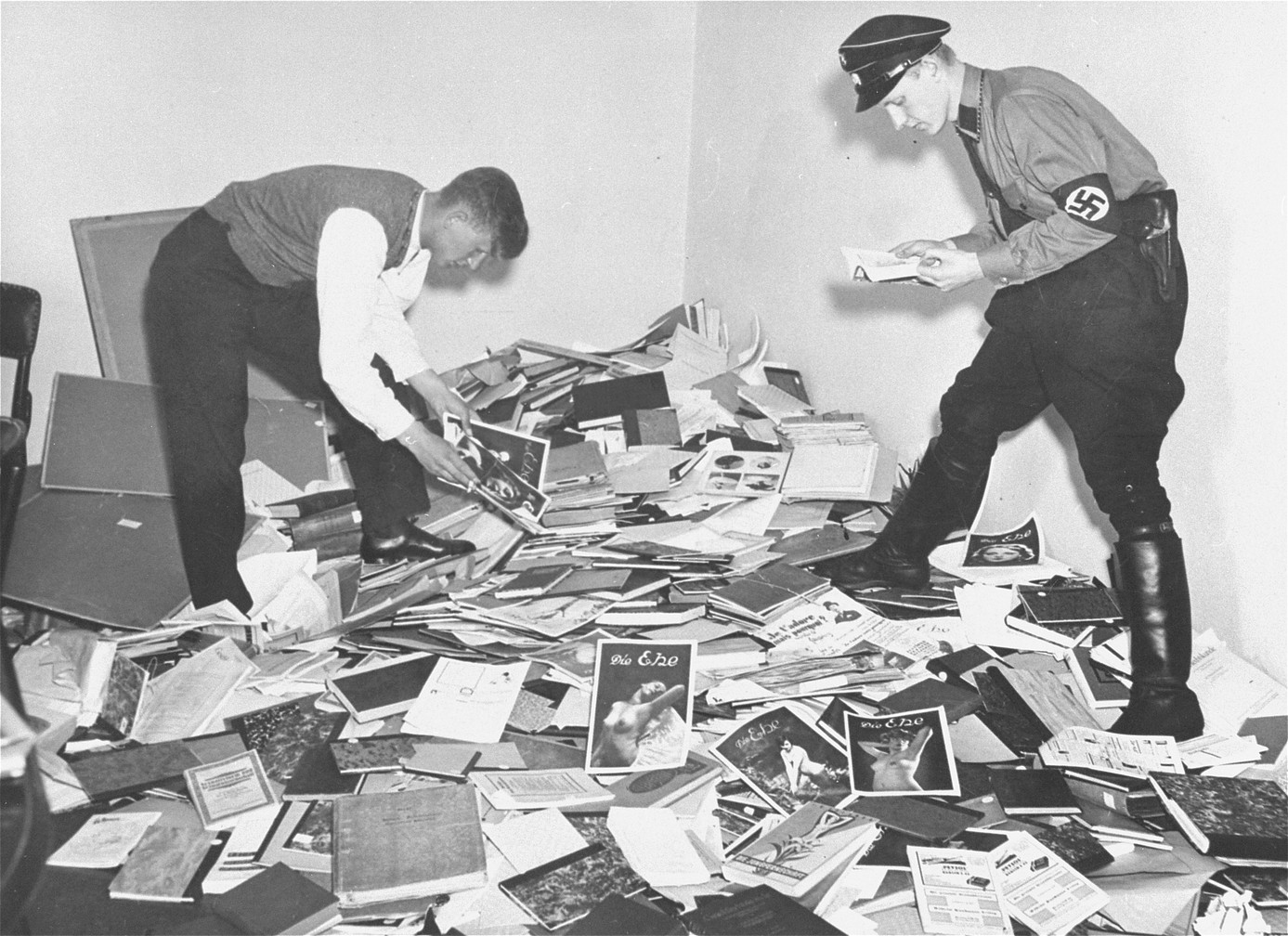|
Gay Wisdom for Daily Living brought to you by White Crane Institute ͏ ͏ ͏ ͏ ͏ ͏ ͏ ͏ ͏ ͏ ͏ ͏ ͏ ͏ ͏ ͏ ͏ ͏ ͏ ͏ ͏ ͏ ͏ ͏ ͏ ͏ ͏ ͏ ͏ ͏ ͏ ͏ ͏ ͏ ͏ ͏ ͏ ͏ ͏ ͏ ͏ ͏ ͏ ͏ ͏ ͏ ͏ ͏ ͏ ͏ ͏ ͏ ͏ ͏ ͏ ͏ ͏ ͏ ͏ ͏ ͏ ͏ ͏ ͏ ͏ ͏ ͏ ͏ ͏ ͏ ͏ ͏ ͏ ͏ ͏ ͏ ͏ ͏ ͏ ͏ ͏ ͏ ͏ ͏ ͏ ͏ ͏ ͏ ͏ ͏ ͏ ͏ ͏ ͏ ͏ ͏ ͏ ͏ ͏ ͏ ͏ ͏ ͏ ͏ ͏ ͏ ͏ ͏ ͏ ͏ ͏ ͏ ͏ ͏ ͏ ͏ ͏ ͏ ͏ ͏ ͏ ͏ ͏ ͏ ͏ ͏ ͏ ͏ ͏ ͏ ͏ ͏ ͏
|
|
||||
| This Day in Gay History | ||||
May 05Born 1903 - The American chef and food writer JAMES BEARD was born. Recognized by many as the father of American gastronomy, throughout his life he pursued and advocated the highest standards, and served as a mentor to emerging talents in the field of the culinary arts. According to the James Beard Foundation, "After a brief stint at Reed College in Portland," (from which he was expelled in 1922 for homosexual activity) " in 1923 Beard went on the road with a theatrical troupe. He lived abroad for several years studying voice and theater, but returned to the United States for good in 1927." He trained initially as a singer and actor, and moved to New York City in 1937. Not having much luck in the theater, he and his friend, Bill Rhodes, capitalized on the cocktail party craze by opening a catering company, "Hors d'Oeuvres, Inc.", which led the publication of Beard's first cookbook, Hors d'Oeuvres and Canapés, a compilation of his catering recipes. In 1946, he appeared on an early televised cooking show, I Love to Eat, on NBC, and thus began his rise as an eminent American food authority. Beard began lecturing, teaching, and writing books and articles. Child states, "Through the years he gradually became not only the leading culinary figure in the country, but `The Dean of American Cuisine'." In 1955, he established The James Beard Cooking School and taught cooking for the next 30 years around the country. He was a tireless traveler, bringing his message of good food, honestly prepared with fresh, wholesome, American ingredients, to a country just becoming aware of its own culinary heritage. James Beard is the central figure in the story of the establishment of an American food identity. He was an eccentric personality who brought French cooking to the American middle and upper classes in the 1950s. Many consider him the father of American-style cooking. His legacy lives on in twenty books, numerous writings, his own foundation, and his foundation's annual Beard awards in various culinary genres. Julia Child accurately sums up Beard's personal life in a brief description: "Beard was the quintessential American cook. Well-educated and well-traveled during his eighty-two years, he was familiar with many cuisines but he remained fundamentally American. He was a big man, over six feet tall, with a big belly, and huge hands. An endearing and always lively teacher, he loved people, loved his work, loved gossip, loved to eat, loved a good time." Of course, Child's summary makes two significant omissions. The first is that he was Gay. Beard's memoir states: "By the time I was seven, I knew that I was Gay. I think it's time to talk about that now." The second was Beard's own admission of possessing "until I was about forty-five, I guess a really violent temper." The New York Times food columnist Mark Bittman (who did not know Beard personally) describes him in a similar way: "In a time when serious cooking meant French cooking, Beard was quintessentially American, a westerner whose mother ran a boardinghouse, a man who grew up with hotcakes and salmon and meatloaf in his blood. A man who was born a hundred years ago on the other side of the county, in a city, Portland, that at the time was every bit as cosmopolitan as, say, Allegheny PA." Craig Claiborne, Beard's contemporary (his birthday is tomorrow on this list!) called Beard "an innovator, an experimenter, a missionary in bringing the gospel of good cooking to the home table. Physically he was the connoisseur's connoisseur. He was a giant panda, Santa Claus and the Jolly Green Giant rolled into one. On him, a lean and slender physique would have looked like very bad casting." Beard died January 21, 1985 in New York City, New York, United States of heart failure at the age of 81. He was cremated, and his ashes were scattered over the beach in Gearhart, Oregon, United States, where he spent his summers as a child. After Beard's death in 1985, Julia Child had the idea to preserve his home in New York City as the gathering place it was throughout his life. Peter Kump, a former student of Beard's and the founder of the Institute of Culinary Education (formerly Peter Kump's New York Cooking School), spearheaded the effort to purchase the house and create the James Beard Foundation. Beard's renovated brownstone is located at 167 West 12th Street, in the heart of Greenwich Village. It is North America's only historical culinary center, a place where Foundation members, the press, and the general public are encouraged to savor the creations of both established and emerging chefs from across the country and around the globe. [This writer has had the honor of cooking in the Beard House twice (not featured, but on line) and was delighted to make note of the outdoor shower on the back balcony, in full view of dozens of other brownstones which face onto the same back area. I'm sure Beard must have delighted in giving his neighbors an eyeful as well as a full belly.] The annual James Beard Foundation Awards are given at the industry's biggest party, part of a fortnight of activities that celebrate fine cuisine and Beard's birthday. Held on the first Monday in May, the Awards ceremony honors the finest chefs, restaurants, journalists, cookbook authors, restaurant designers, and electronic media professionals in the country. It culminates in a reception featuring a tasting of the signature dishes of more than 30 of the James Beard Foundation's very best chefs. The foundation also publishes a quarterly magazine, Beard House, a comprehensive compendium of the best in culinary journalism. The foundation also publishes the James Beard Foundation Restaurant Directory, a directory of all chefs who have either presented a meal at the Beard House or have participated in one of the foundation's out-of-House fundraising events. This writer, has personally cooked at the house twice. The first time was for the wedding party of friends who were chefs at the then wildly popular Arizona 206 on the Upper East Side who invited me to cook with them for their friends in Beard’s jewel-box of a kitchen. The second time, I was a line cook (garde manger) at a Hampton’s restaurant owned by Jerry Della Femina and managed by Drew Nieporent. The chef, Pat Trama, was invited to present a meal and I was honored to be invited along. I think the most surprising thing I learned was, during an afternoon break from prep, we went out on the balcony off the second story of the house. Like all New York brownstones, the rear of the house faces into a large common area, perhaps separated into private yards by fencing and shrubbery. So this balcony was in full view of virtually every other house on that block and the one above. Maybe sixty or more structures, and who knows how many residents. And right there, equally in full view, was an outdoor shower, with a removable head, hot and cold controls and a shower bench. One can only imagine what neighbors might have seen. 1921 - DEL MARTIN, feminist and Gay rights pioneer, was born on this date (d. 2008). Born Dorothy Louise Taliaferro "Del" Martin, along with her wife Phyllis Ann Lyon they were an American Lesbian couple known as feminist and gay-rights activists. They were a couple until Del's death on August 27, 2008 and two of the single most important pioneers in the LGBT Civil Rights movement, on a par with Harry Hay Martin and Lyon met in 1950, became lovers in 1952, and moved in together on Valentine's Day 1953 in an apartment on Castro Street in San Francisco. They had been together for three years when they founded the Daughters of Bilitis (DOB) in San Francisco in 1955, which became the first social and political organization for lesbians in the United States. They both acted as president and editor of The Ladder until 1963, and remained involved in the DOB until joining the National Organization for Women (NOW) as the first lesbian couple to do so. Both women worked to form the Council on Religion and the Homosexual (CRH) in northern California to persuade ministers to accept homosexuals into churches, and used their influence to decriminalize homosexuality in the late 1960s and early 1970s. They became politically active in San Francisco's first gay political organization, the Alice B. Toklas Democratic Club, which influenced Dianne Feinstein to sponsor a citywide bill to outlaw employment discrimination for gays and lesbians. Both served in the White House Conference on Aging in 1995. They were married on June 16, 2008 in the first same-sex wedding to take place in San Francisco after the California Supreme Court's decision in In re Marriage Cases legalized same-sex marriage in California. Martin died from complications of an arm bone fracture in San Francisco. 1967 - Today is the birthday of Canadian Member of Parliament SCOTT BRISON. Canadian MP for Kings-Hants Nova Scotia, he was born in Windsor, Nova Scotia. He came out in December of 2002 to keep from being outed. He was Minister of Public Works and Government Services under Paul Martin and ran to succeed Martin as party leader in the 2006 Liberal leadership convention. He dropped out after the first ballot and endorsed first Bob Rae, then Michael Ignatieff. It was announced in October 2005 that he and his partner, Maxime Saint-Pierre, intended to marry. They were married on August 18, 2007. Died 1968 - The American actor and director ALBERT DEKKER died on this date (b. 1904). Born in Brooklyn, New York, as Albert Ecke, his films include the classics The Man in the Iron Mask (1939), Beau Geste (1939), The Killers (1946), The Sound and the Fury (1959), Suddenly, Last Summer (1959), and The Wild Bunch (1969). He replaced Lee J. Cobb as Willy Loman in the original production of Arthur Miller's Death of a Salesman, and during a five-year stint back on Broadway in the early 1960s, he played the Duke of Norfolk in Robert Bolt's A Man for All Seasons. Dekker appeared in some seventy films from the 1930s to 1960s, but his four most famous screen roles were as a mad scientist in the 1940 horror film Dr. Cyclops, as a vicious hitman in the The Killers, as a dangerous dealer in atomic fuel in the 1955 film noir Kiss Me Deadly, and as an unscrupulous railroad detective in Sam Peckinpah's western The Wild Bunch. He was rarely cast in romantic roles, but in the film Seven Sinners, featuring a romance between Marlene Dietrich and John Wayne, Dietrich sails off with Dekker's character at the end of the film. Dekker's role as Pat Harrigan in The Wild Bunch would be his last screen appearance. Dekker's off-screen preoccupation with politics led to his winning a seat in the California State Assembly for the 57th Assembly District in 1944. Dekker served as a Democratic member for the Assembly until 1946. During the McCarthy era he was an outspoken critic of U.S. Senator Joseph McCarthy's tactics; to avoid being blacklisted he spent most of the blacklist working on Broadway rather than Hollywood. For his contribution to the motion picture industry, Dekker has a star on the Hollywood Walk of Fame at 6620 Hollywood Boulevard. The circumstances of Dekker’s death, which we make note of today, were very, very strange. He was ...<ahem>...found nude in the bathtub with a scarf over his eyes, a ball gag in his mouth, and his hands were cuffed behind his back. In addition to the belt around his neck, Dekker had an additional belt around his waist, which was tied to a rope that also tied his two ankles together and was wrapped around his wrist and clasped in his hand. He also had a dirty hypodermic needle sticking out of each of his arms and there were two hypodermic punctures on his right buttock. Above these punctures, the word “whip” had been written on his buttock in lipstick, and a picture of the sun had been drawn. Lipstick was also used the write a lot of words on Dekker’s body, including “make me suck”, “slave” and “cocksucker”, and there appeared to be drawings of sun rays around his nipples and a picture of a vagina on his lower abdomen. The initial ruling was suicide, but after S&M pornography and bondage equipment was found in the apartment, the ruling was changed to accidental death caused by auto-erotic asphyxiation (reminiscent of the death of David Carradine). However, Dekker’s fiancee believed there had to be someone else involved since it seems impossible that he could bound his hands and feet together behind his back and hang himself. In addition, Dekker was keeping $70,000 in cash in his apartment in order to make a down payment on a house, but the money was never found and some camera equipment and a tape recorder were also missing. The most baffling aspect of Dekker’s death was that the bathroom door was locked with a chain from the inside and there were no other exits. Noteworthy - Today is CINCO DE MAYO, celebrated in the United States and in Mexico, primarily in the state of Puebla, where the holiday is called El Día de la Batalla de Puebla (English: The Day of the Battle of Puebla). It originated with Mexican-American communities in the American West as a way to commemorate the cause of freedom and democracy during the first years of the American Civil War, and today the date is observed in the United States as a celebration of Mexican heritage and pride. In the state of Puebla, the date is observed to commemorate the Mexican army’s unlikely victory over French forces at the Battle of Puebla on May 5, 1862, under the leadership of General Ignacio Zaragoza Seguin. Cinco de Mayo is not Mexico’s Independence Day—the most important national patriotic holiday in Mexico—which is celebrated on September 16. The American Cinco de Mayo celebration originated in the Mexican-American communities of the American West, Southwest, and Northwest in the 1860s. Mexicans and Latinos living in California during the American Civil War are credited with being the first to celebrate Cinco de Mayo in the United States. It grew in popularity and evolved into a celebration of Mexican culture and heritage, first in areas with large Mexican-American populations, like Los Angeles, Chicago and Houston. Eventually it expanded across the United States. On June 7, 2005, the U.S. Congress issued a Concurrent Resolution calling on the President of the United States to issue a proclamation calling upon the people of the United States to observe Cinco de Mayo with appropriate ceremonies and activities. According to a paper published by the UCLA Center for the Study of Latino Health and Culture about the origin of the observance of Cinco de Mayo in the United States, the modern American focus on that day first started in California in the 1860s in response to the resistance to French rule in Mexico. "Far up in the gold country town of Columbia (now Columbia State Park) Mexican miners were so overjoyed at the news that they spontaneously fired off rifles shots and fireworks, sang patriotic songs and made impromptu speeches." A 2007 UCLA Newsroom article notes that "The holiday, which has been celebrated in California continuously since 1863, is virtually ignored in Mexico." TIME magazine reports that "Cinco de Mayo started to come into vogue in 1940s America during the rise of the Chicano movement." The holiday crossed over from California into the rest of the United States in the 1950s and 1960s but didn't gain popularity until the 1980s when marketers, especially beer companies, capitalized on the celebratory nature of the day and began to promote it. 1933 - On this date in Berlin, the Nazi Youth of the Deutsche Studentenschaft made an organized attack on Magnus Hirschfeld's Institute of Sex Research. The "Institut für Sexualwissenschaft" or Institute for Sexology was a private sexology research institute which included a research library and a large archive, and included a marriage and sex counseling office. In addition, the institute was a pioneer worldwide in the call for civil rights and social acceptance for Homosexual and Transgender people. A few days later the Institute's library and archives were publicly hauled out and burned in the streets of the Opernplatz. Around 20,000 books and journals, and 5,000 images, were destroyed. Also seized were the Institute's extensive lists of names and addresses of LGBT people. In the midst of the burning, Joseph Goebbels gave a political speech to a crowd of around 40,000 people. | ||||
|
|8|O|8|O|8|O|8|O|8|O|8|O|8|O|8| Gay Wisdom for Daily Living from White Crane Institute "With the increasing commodification of gay news, views, and culture by powerful corporate interests, having a strong independent voice in our community is all the more important. White Crane is one of the last brave standouts in this bland new world... a triumph over the looming mediocrity of the mainstream Gay world." - Mark Thompson Exploring Gay Wisdom & Culture since 1989! |8|O|8|O|8|O|8|O|8|O|8|O|8|O|8| | ||||
|
|||||
|









